MIT has recently unveiled the latest installment of the robot cheetah they’ve been working on. The robo-cheetah will apparently, outrun Usain Bolt. How is that possible when we know how sluggish and heavy robots are? It is all because of the ‘bound’ algorithm that allows this particular robot to ‘bound’ similar to a real animal. The robo-cheetah weighs the same as its feline counterpart and it was proved capable of running on rough terrains during the recent test runs on MIT’s Killian Court. The robot managed a speed of 10 Mph in indoor testing and even maintained the speed after clearing a hurdle. MIT researchers speculate that it will eventually reach speeds of 30 Mph.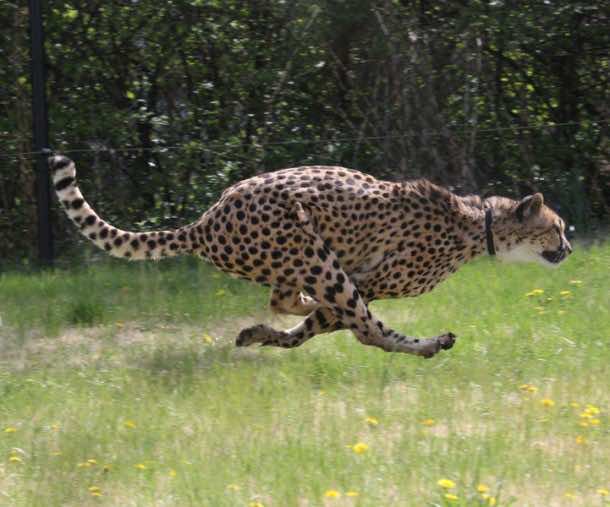
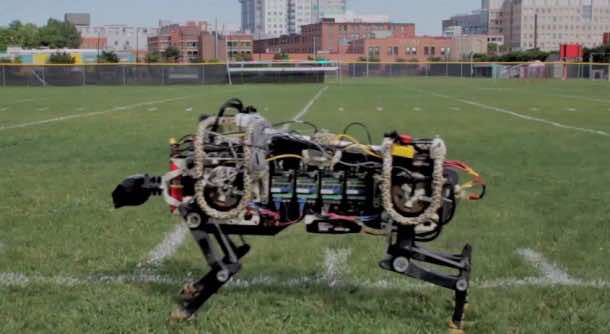
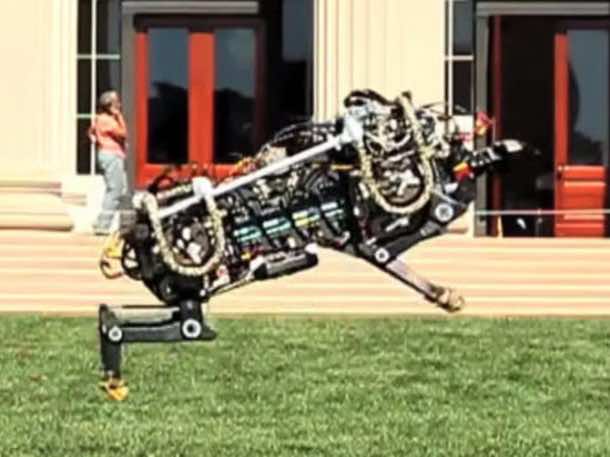
The bounding algorithm works by programming all the legs of the robot to exert a particular amount of force during the exact second when the legs hit the ground. Owing to that, it is able to maintain a constant speed. Usually, greater the speed, greater the force required to achieve and maintain it. An associate professor of Mechanical Engineering at MIT, Sangbae Kim, hypothesized that this approach is similar to how sprinters sprint. He said, ‘Many sprinters, like Usain Bolt, don’t cycle their legs really fast. They actually increase their stride length by pushing downward harder and increasing their ground force, so they can fly more while keeping the same frequency. Most robots are sluggish and heavy, and thus they cannot control force in high-speed situations. That’s what makes the MIT cheetah so special: You can actually control the force profile for a very short period of time followed by a hefty impact with the ground, which makes it more stable, agile, and dynamic.’
The robot’s dynamics are all thanks to a custom designed electric motor that has a high torque density and was built by Jeffrey Lang, the Vitesse Professor of Electrical Engineering at MIT. The amplifiers that control these motors have been designed by a Principal Research engineer in MIT’s Research Laboratory of Electronics, David Otten.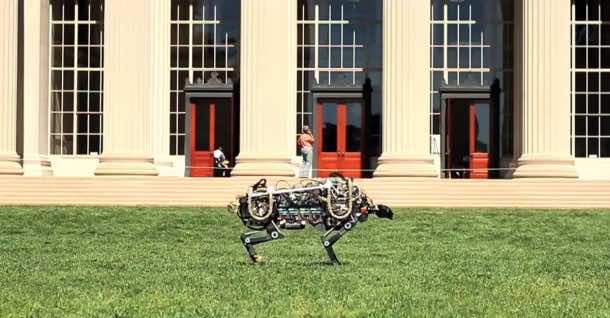
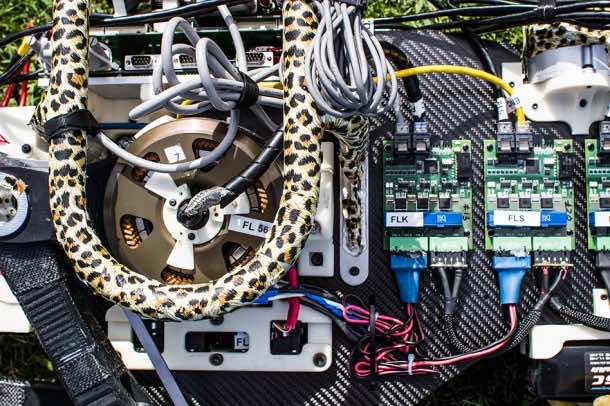
Kim, along with his colleagues; Hae-Won Park, research scientist, and graduate student Meng Yee Chuah will be presenting the bounding algorithm’s details at the IEEE/RSJ International Conference on Intelligent Robots and Systems in Chicago.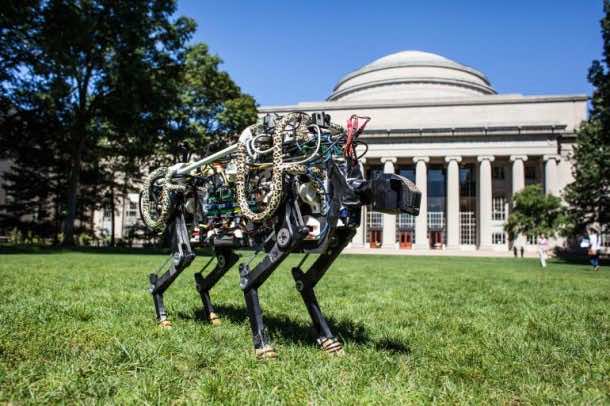
Kim further said, ‘Once I know how long my leg is on the ground and how long my body is in the air, I know how much force I need to apply to compensate for the gravitational force. Now we’re able to control bounding at many speeds. In order to jump, we can, say, triple the force, and it jumps over obstacles. Our robot can be silent and as efficient as animals. The only sounds you hear are of the feet hitting the ground. This is kind of a new paradigm where we’re controlling force in a highly dynamic situation. Any legged robot should be able to do this in the future.’

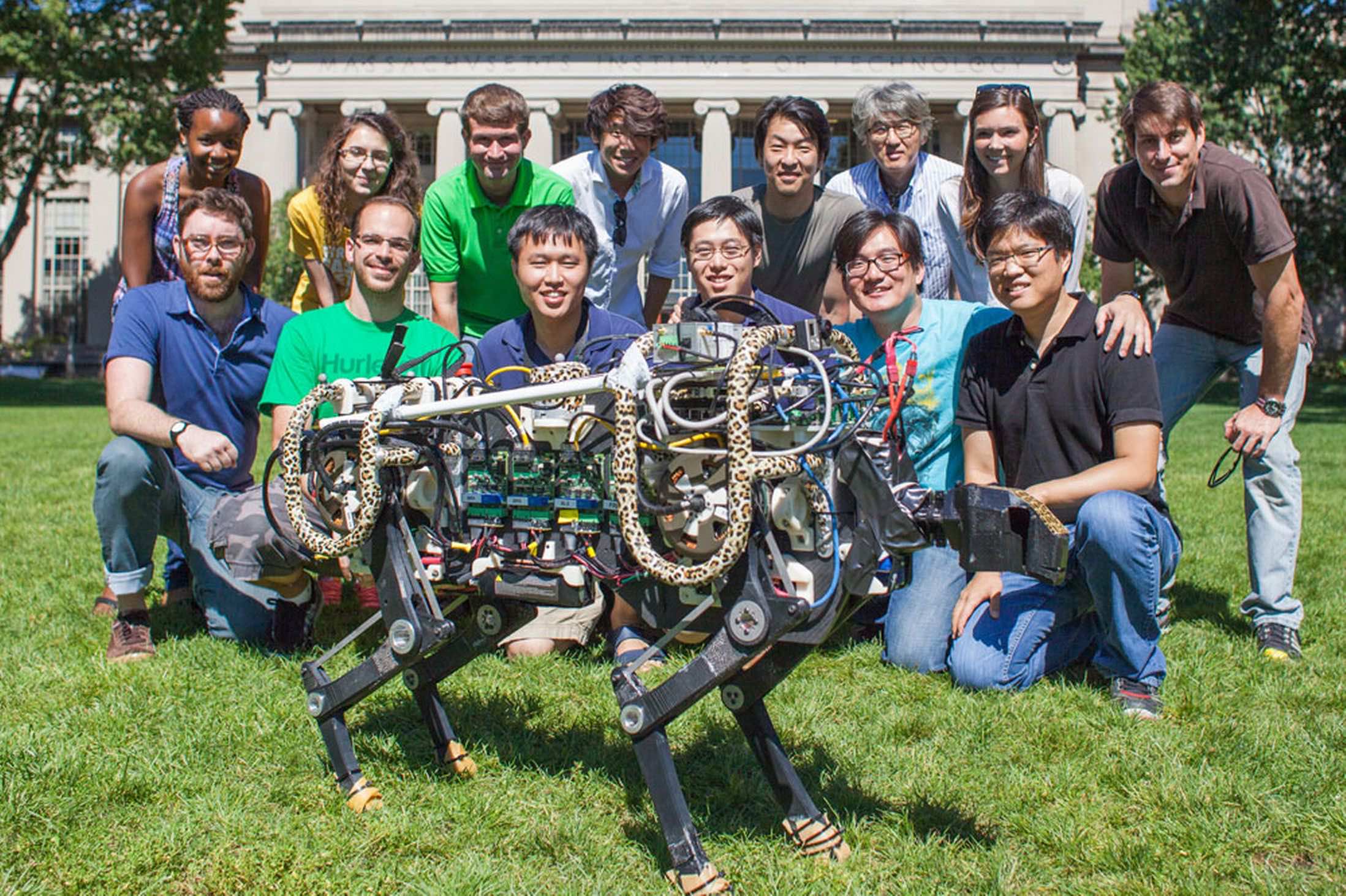

Having read this I believed it was rather informative.
I appreciate you spending some time and energy to put this article together.
I once again find myself spending a significant amount
of time both reading and commenting. But so what,
it was still worth it!